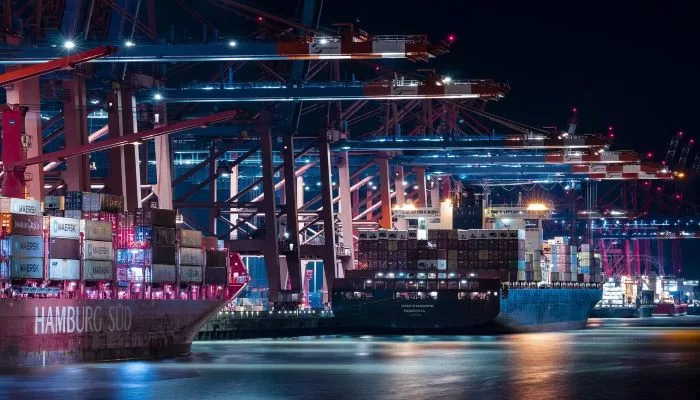Technology
3 Essential Tips To Manage Your Small Business’ Logistics

No matter the size of your business, you’ll need a logistics network. Products and materials will need to get to you and then your customers. If you don’t know how to manage your small business’ logistics network, it can seem overwhelmingly complicated.
It doesn’t need to be. You can look after this much better than you’d think. While there’s still a lot to juggle, three specific tips prove quite attractive. They’ll make sure your supply chain runs as smoothly and effectively as possible.
How To Manage Your Small Business’ Logistics: 3 Top Tips
1. Keep Track Of Costs
If money looked after itself, things would be much simpler for everyone. You’ll need to make sure you look after your logistical costs. Start by tracking them, which lets you figure out precisely what you spend on each part of your supply chain.
Armed with this, you can determine where you can reduce your expenses. While this takes a bit of time, it’s one of the more vital aspects of managing your overall costs. Focusing on this ensures your deliveries are as cost-effective as possible, increasing your profit margins with each delivery.
Continuing to track these costs over time lets you continually optimize it.
2. Consider Outsourcing
You mightn’t be able to look after everything yourself, no matter how much you might want to. Working with a third-party delivery or logistics network can help you manage your small business’ logistic network more than you’d think.
Finding the right UPS shipping for small and mid-sized businesses can be difficult, but the time and effort is more than worth it. You’ll make sure your products and materials are delivered as quickly and safely as possible.
It also takes much of the stress from you, as you’ll have an experienced team looking after your logistics and supply chain. You and your customers will see the benefits.
3. Invest In Transparency
You can’t run a smooth and effective logistics network without making it as visible and transparent as possible. You’ll have to communicate with suppliers and customers quickly and easily. Doing so could be more difficult than you’d think, especially when combined with all of the other factors you’ll need to look after.
Investing in this is essential. Implementing supply chain management and warehouse management systems is helpful with these. These allow you to monitor your products and materials while updating suppliers and customers when you need to.
A lot of this can also be automated, reducing the amount of time you’ll need to spend on it while making sure everything’s done faster and more accurately.
How To Manage Your Small Business’ Logistics: Wrapping Up
Trying to figure out how to manage your small business’ logistics network seems like an overwhelming and daunting process to many entrepreneurs. While it’s never going to be completely straightforward, you can simplify the process with each of the above tips.
Once you’ve optimized your logistics, your products and materials will be delivered faster and for a better price. Both you and your customers benefit, so there’s no reason not to focus on it.



















































